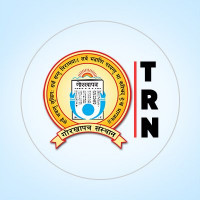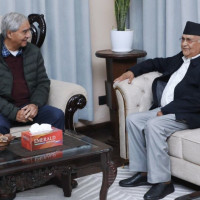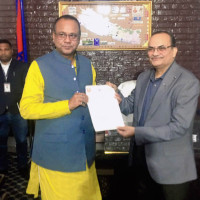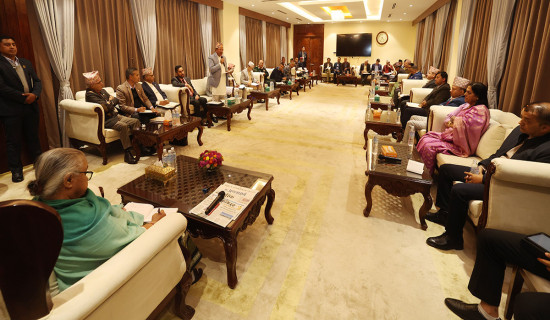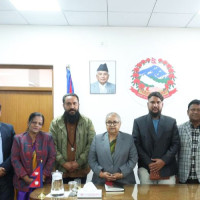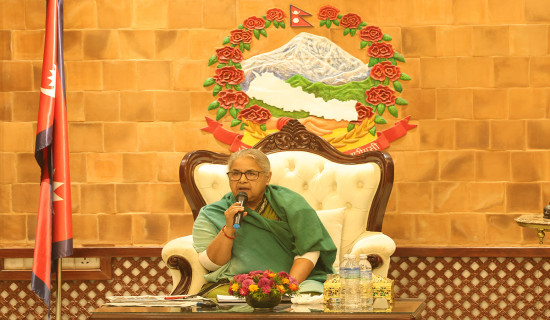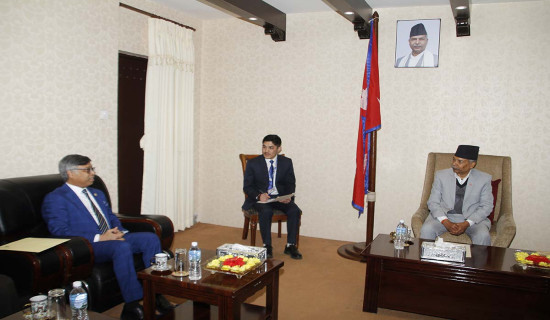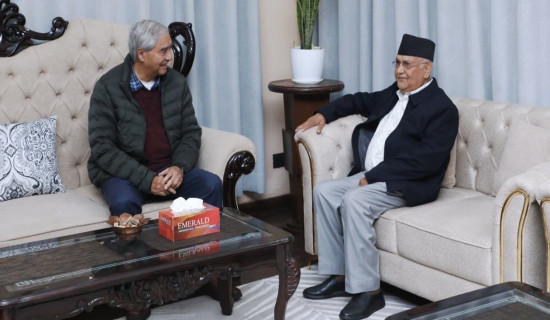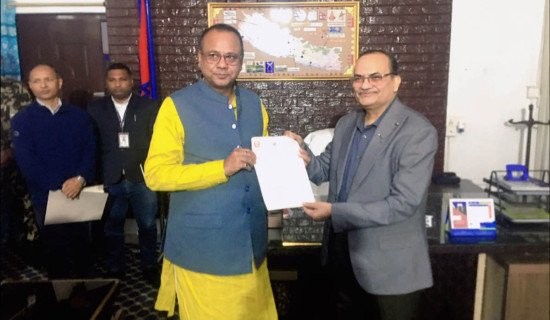- Saturday, 6 December 2025
Economics Of Property Tax In Nepal
Property tax has long been one of the reliable sources of own-source revenue for local governments in Nepal. Nepal’s constitution has reserved property tax as an exclusive power of local governments. The Local Self-Governance Act of 1999 introduced this tax by granting municipalities the authority to levy an integrated property tax. While municipalities had the option to choose between house and land tax or integrated property tax, the Village Development Committees (VDCs) could levy only the house and land tax. In practice, both the integrated property tax and the house and land tax were levied on land and buildings. Under the integrated property tax, municipalities could consolidate all land and buildings within their jurisdiction and levy tax in an integrated manner, so that no separate billing is required for each property, making it easier for both taxpayers and municipalities.
The present constitution provides the authority to levy property tax on both municipalities and rural municipalities. The Local Government Operation Act (LGOA), 2017, has authorised both municipalities and rural municipalities to levy an integrated property tax. Since the constitution refers to it simply as “property tax” instead of “integrated property tax,” the term was amended in the law to align with the constitution. Property tax is levied on both the building and the land it occupies, but only up to a maximum of twice the plinth area of the building. Any remaining vacant land beyond this limit is subject to land tax, not property tax. When assessing the taxable value of property, specifically land and buildings, the assessment should be based on factors such as size, location, physical structure, current market value, and the nature of use, including residential or commercial.
Immobile tax base
The LGOA, 2017 prohibits the levying of property tax on land and buildings owned by the federal, provincial, and local governments, government hospitals, religious institutions, non-profit organisations, embassies, diplomatic missions and consular missions, public utility facilities such as airports, bus parks, and stadiums, as well as cremation sites. According to the Asian Development Bank (ADB), a good local tax requires a relatively immobile tax base, a stable and predictable yield, administrative simplicity, a non-exportable burden on non-residents, and an adequate yield. Property tax fulfills these basic criteria of a local tax. Given its immobile nature, property tax sources cannot be shifted to other places. This tax does not create problems for the movement of factors of production across jurisdictions, nor does it lead to inter-jurisdictional tax competition.
This tax does not generate negative externalities for neighbouring local governments. For example, a property tax levied by Chandrapur Municipality in Rautahat does not spill over to its neighbouring municipalities such as Nijgadh or Hariwan. Property tax is also highly visible. Since land and buildings are tangible assets, there are limited chances of tax evasion. If tax mapping is done properly, all taxable land and buildings can be brought within the tax net. Property tax also meets the subsidiarity principle, according to which taxation, spending, and regulating functions should be carried out at the lowest possible level of government. According to the ADB, in an ideal local tax system, the local government should have the authority to select the tax base, assess the base, determine the rate, collect the tax, and retain the tax proceeds. Property tax satisfies most of these conditions.
Despite these strengths, the property tax also poses certain challenges in Nepal. One challenge is the burden it creates for property-rich but income-poor households. In the Kathmandu Valley, particularly in core areas such as Patan, New Road, and Bhaktapur, many households own highly valuable properties due to current market prices, but their regular income is very low. These properties are often used for residential purposes and do not generate significant income for the owners. Municipalities, however, assess the taxable value of such properties based on market price and location, without considering the income status of the owners. This situation has led to problems of semi-gentrification- a process in which high-income residents move into traditional low-income neighbourhoods, displacing poorer residents.
As wealthier people settle in, traditional social groups are displaced, weakening the cultural fabric and identity of those communities. This trend is happening rapidly in the core areas of Kathmandu, and slowly in Patan. Only Bhaktapur Municipality has been able to mitigate such problems through informal local rules. In Tarai, traditional Newar communities in Birgunj, particularly in the Maisthan area, have already been displaced by newcomers, leading to erosion of Newari cultural identity in that city. One of the key difficulties of property tax lies in the valuation of property. This requires a rigorous assessment of the current value of buildings after accounting for depreciation. Different municipalities have introduced varying depreciation slabs.
There is no clear legal provision regarding the age of buildings in Nepal. This makes it difficult to calculate the expected salvage and depreciated values of the building. Many municipalities currently apply a single-line depreciation method. Given the advances in new construction materials and technologies, it has become increasingly complex to accurately determine the age and residual value of buildings. In addition to technical challenges, there are also political difficulties in enforcing the property tax. A substantial number of municipalities, particularly those with a rural character, have not yet introduced or effectively implemented a property tax due to a lack of political will.
Challenges
Strengthening the building permit system could help address property tax challenges. By linking property registration and building permits with the tax system, property owners can be brought into the tax net. Unlike business tax, property tax is, to some extent, inelastic with respect to economic growth.
Once all property owners are brought into the tax net, the taxable base does not expand significantly, as land is fixed and new building construction does not take place rapidly in every municipality. Therefore, local governments should not rely exclusively on the property tax. They should also emphasize other taxes and non-tax revenues.
Despite these challenges and inherent constraints, local governments have strong potential to mobilise their own-source revenue from property tax in Nepal. The focus should be on broadening the base and bringing more properties under taxation. The Nepalese government should invest in building the technical capacity of municipalities and strengthening enforcement mechanisms, including online payment systems, tax mapping, and integrating property tax with the building permit system. These measures can serve as a good starting point for reform.
(The author is an urban economist and a former secretary of the government of Nepal.)


